Early 2025 is looking pretty stacked for big new video game releases, with it bringing a few long-awaited sequels to the table, sequels like Civilization 7. It’s been eight years since the last mainline Civilization entry released, and while there have been plenty of expansions and DLCs that have added new content to Civ 6 over the years, fans have been champing at the bit for an all-new Civilization experience.
That’s exactly what they’ll get on February 11, 2025 with the release of Civilization 7, an entry that’s making some bold new additions and changes to the usual Civ formula. One of the biggest changes is how Civilization 7‘s Ages will work, with players now needing to choose a new Civ each time they progress to a new Age. This might take fans some getting used to, but Civilization 7‘s Age rework could lead to some more diverse strategies and playstyles later down the line, and for those who like to play more defensively, the Ming Civ is a great pick for the Exploration Age.
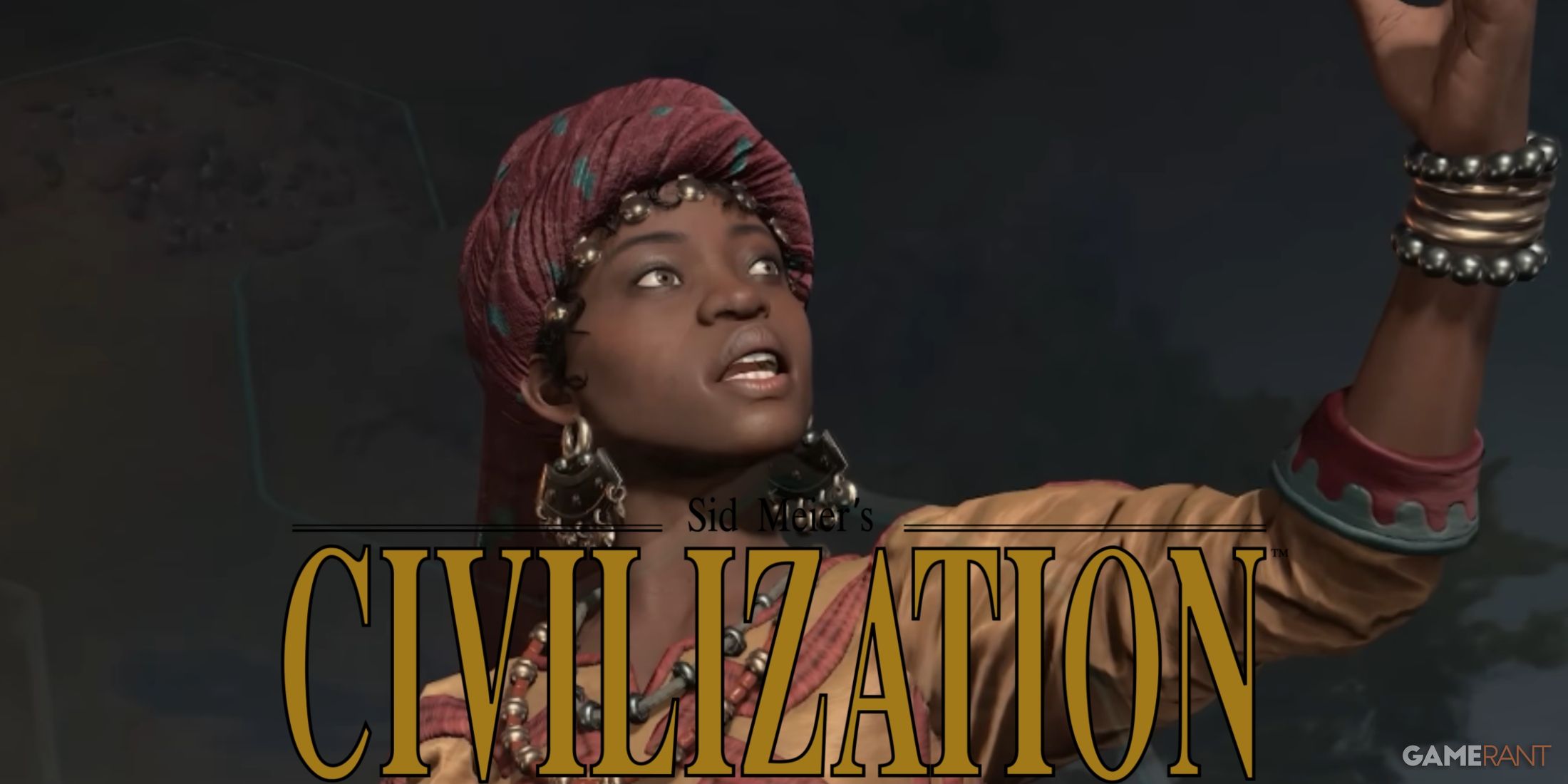
Related
Civ 6 Fans Know Civilization 7’s New Leader Amina Better Than They Might Think
Civilization 7 is adding a bevy of new leaders, including Amina the Warrior Queen, who some fans might recognize from a previous franchise entry.
Explaining Civilization 7’s Ming Civ
Civilization 7’s Ming Leader Abilities Explained
Situated in China, the Ming dynasty is renowned for its impressive infrastructure and technological achievements, both of which are referenced via Civilization 7‘s leader abilities and unique upgrades. The Ming Civ’s primary ability is titled “The Great Canon of Yongle,” and it grants players increased Science production in their capital city. However, this ability does come with a downside, as the player will receive reduced Science per turn for each Social Policy they enact.
As should be expected from its unique ability, Civilization 7‘s Ming Civ has the Economic and Scientific attributes, meaning players are heavily encouraged to strive for one of these two victory conditions if they play as the nation. Ming’s starting biases are Silk and Coast, meaning players will likely spawn close to these two resources when starting a new match.
Though he appeared as a Great Prophet in Civilization 6, Confucius has been promoted to the role of leader in Civilization 7. After leading the Han Civ in the Antiquity Age, players can use Confucius to lead the Ming through the Exploration Age. Confucius’ leader ability grants the player a 25% growth increase in all cities, and increases Science gained from Specialists by 2.
Civilization 7’s Unique Ming Units Explained
Civilization 7‘s Ming Civ has two unique units, one civilian and one military. Ming’s unique civilian unit is the Mandarin, a special merchant who adds a large amount of Gold when players build a road. Ming’s unique military unit is the Xunleichong, a ranged infantry unit that gains increased Combat Strength in featureless terrain.
The Ming dynasty followed the Mongol’s Yuan dynasty, lasting from 1368 to 1644.
Civilization 7’s Unique Ming Upgrades Explained
Civilization 7‘s Ming Civ also has its fair share of unique upgrades, most of which come in the form of three distinct Civic Trees. These three Civic Trees are titled “Nine Garrisons,” “Lijia,” and “Da Ming Lu.”
Nine Garrisons’ first tier unlocks Ming’s unique Great Wall Improvement, which is a fortification that adds Gold if there are other fortifications adjacent to it. This tier also unlocks the Divine Engine Division Tradition, which increases Science production for settlements with a garrisoned military unit. Tier 2 increases Gold produced by the Ming Great Wall adjacency bonus and increased Combat Strength of ranged units adjacent to a Xunleichong unit.
Lijia’s first tier reduces the cost of buildings in towns, and unlocks the Baojia Tradition, which increases Science production for each resource assigned to a city. Tier 2 increases the resource limit in the capital.
Da Ming Lu’s first tier allows Mandarin units to produce Science as well as Gold when they build a road, and it unlocks the Grand Secretariat Tradition, which adds Science to Gold buildings and vice versa. Tier 2 increases the Ming’s settlement limit and unlocks the Forbidden City Wonder, which increases Culture production from fortification buildings when constructed.
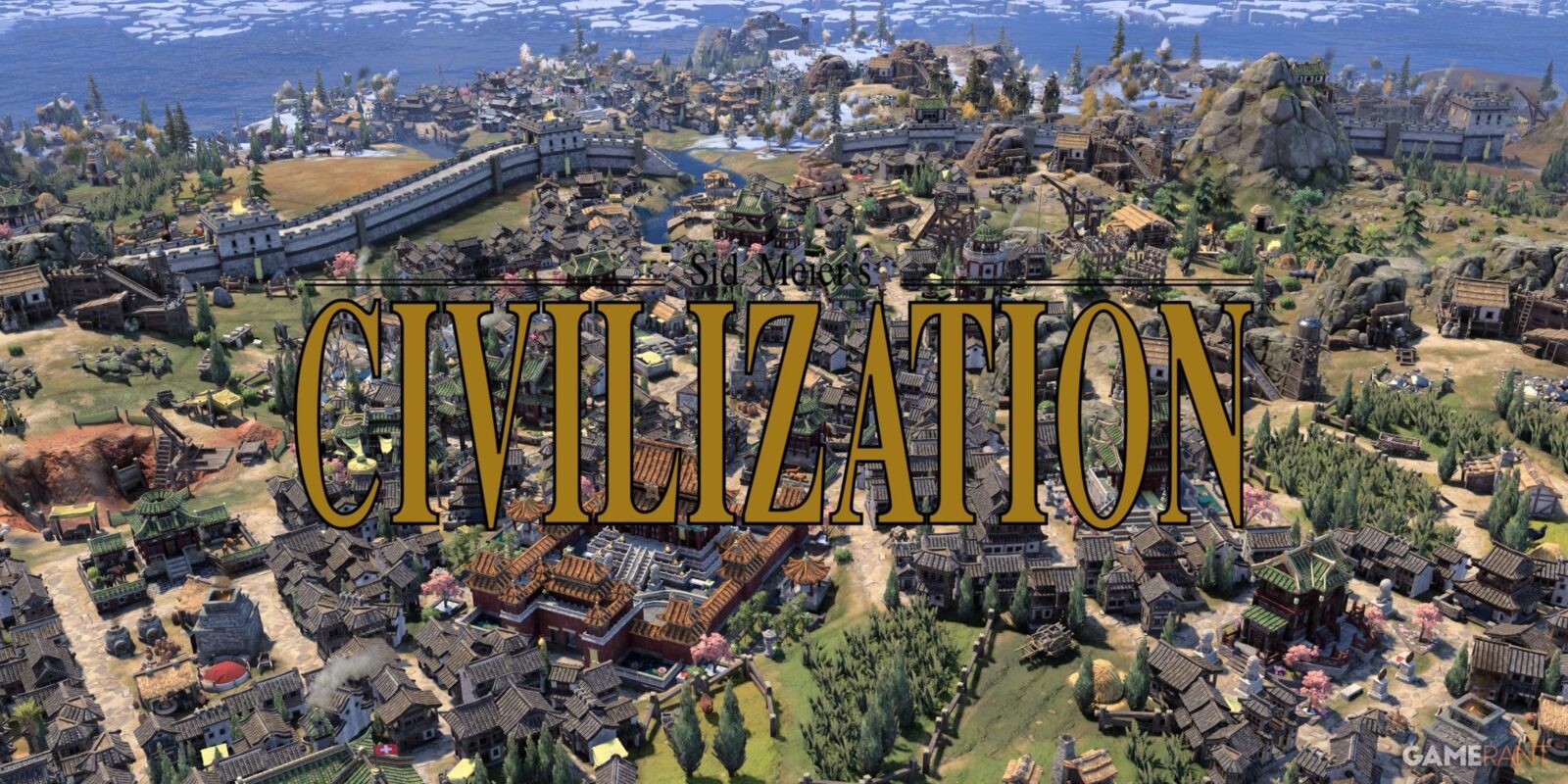
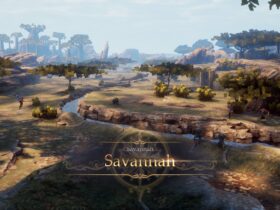
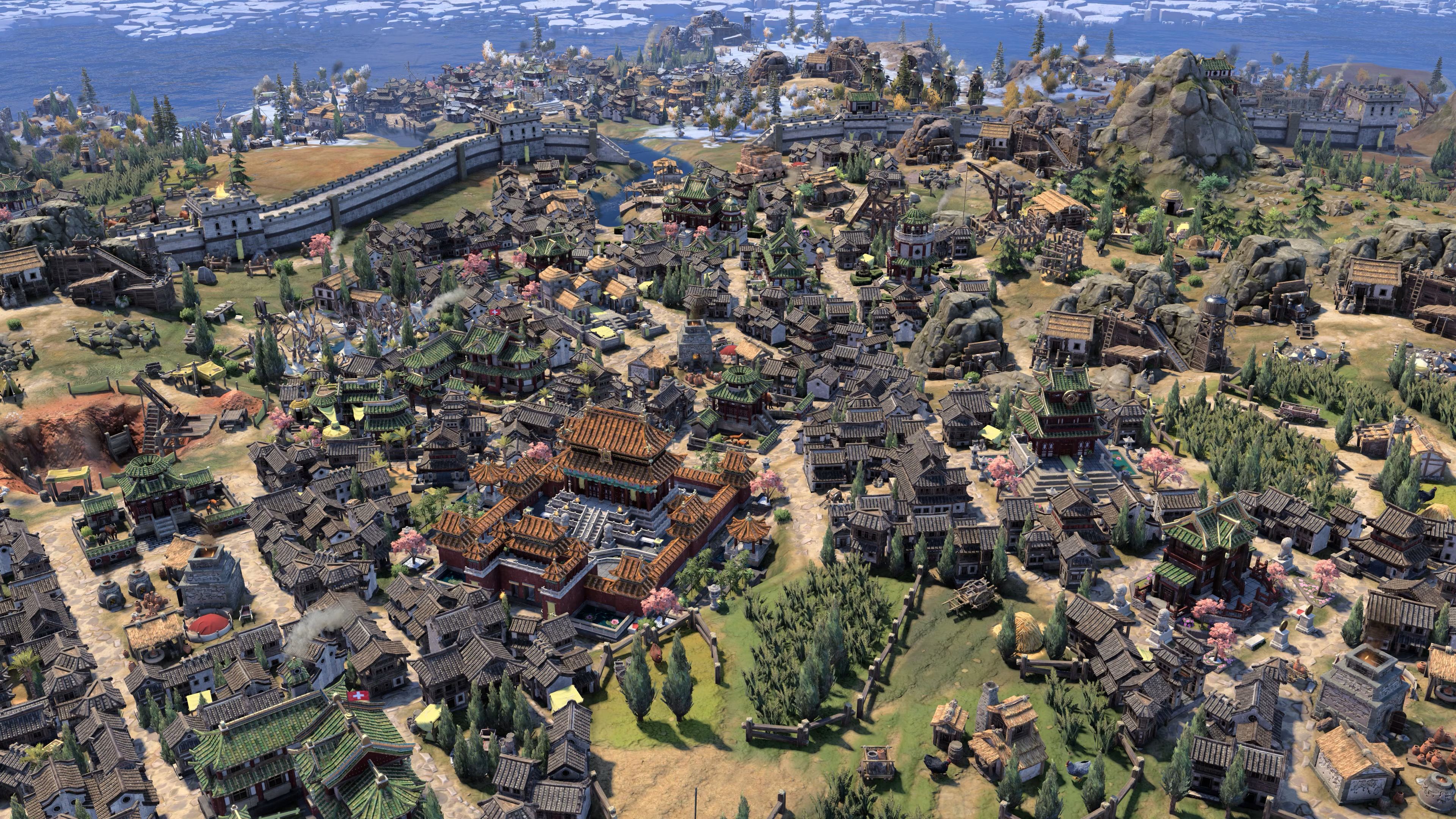
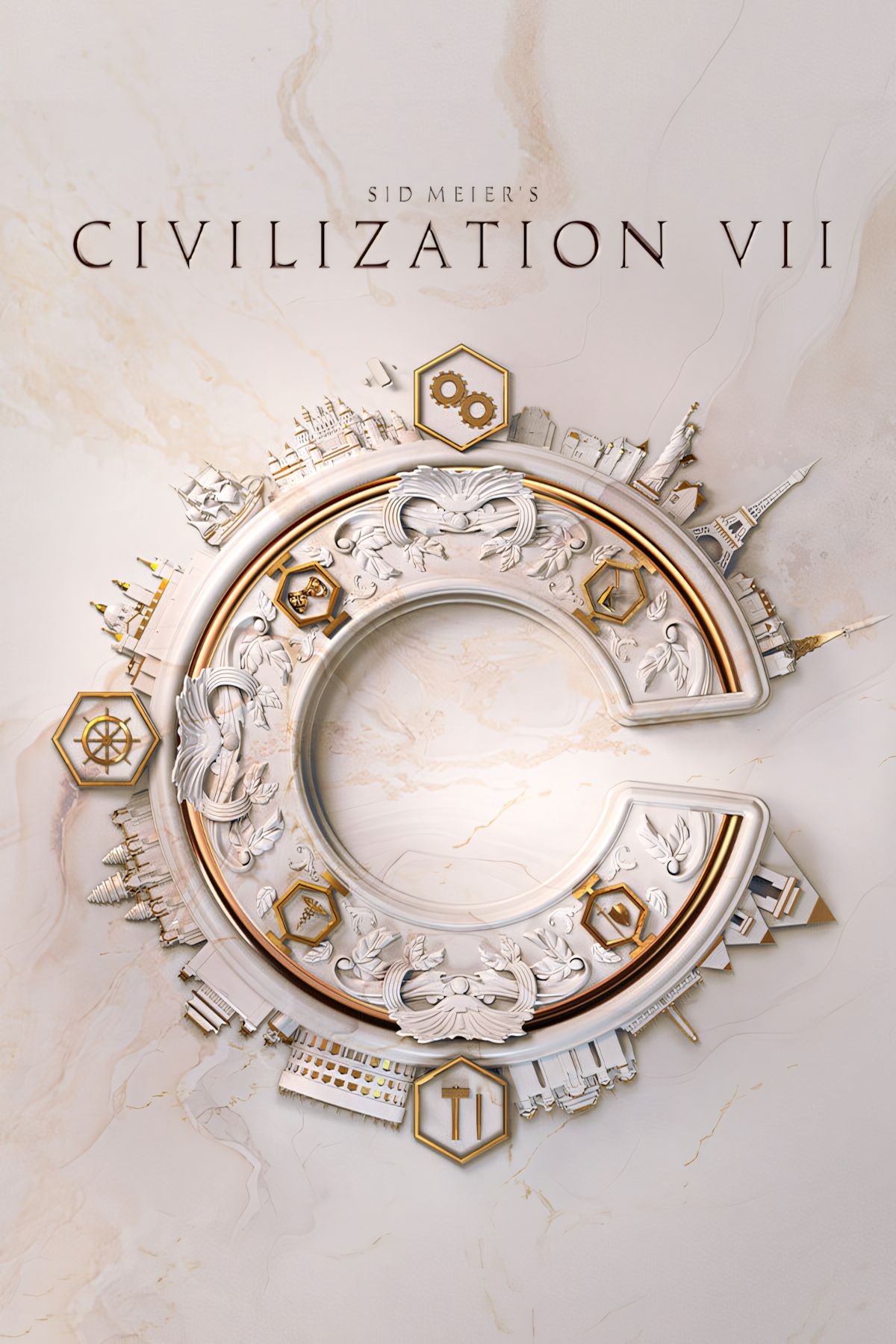





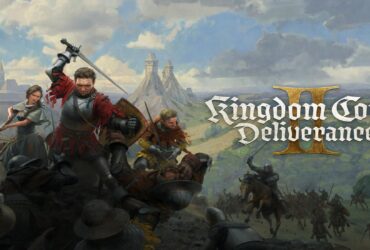
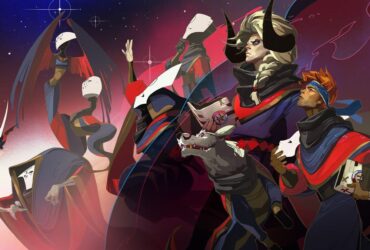


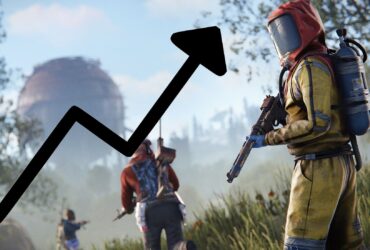
Leave a Reply